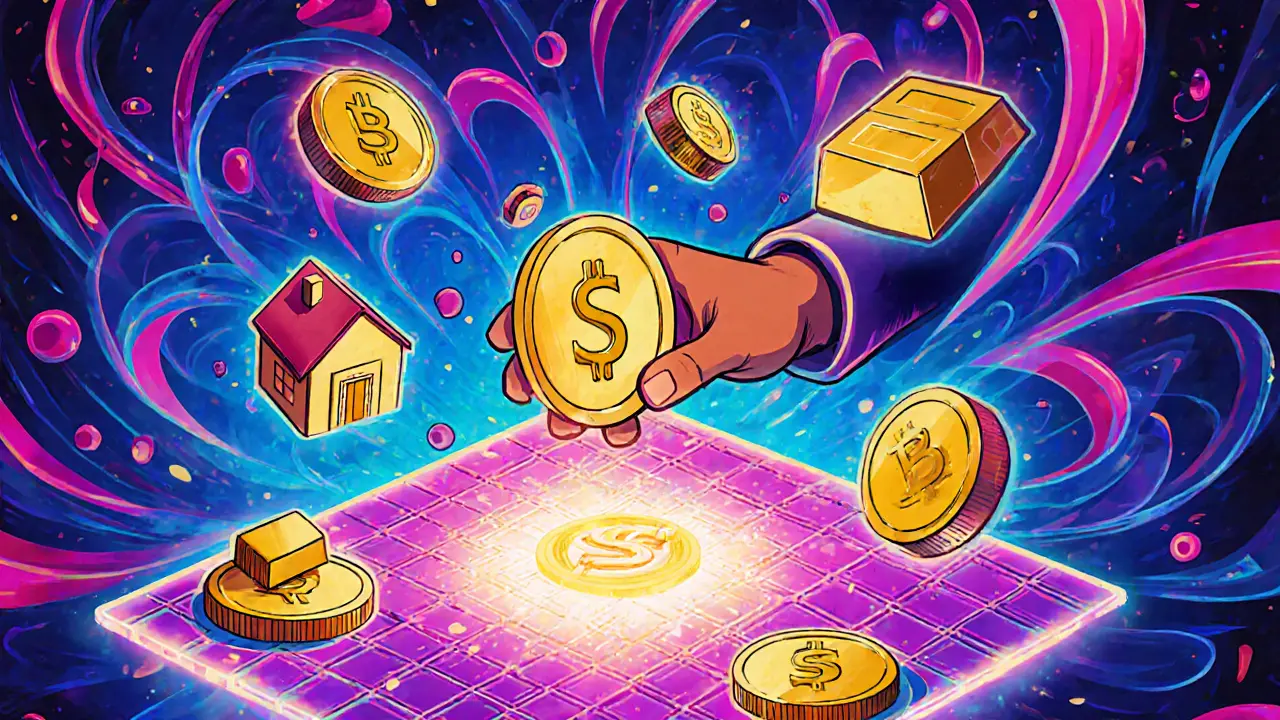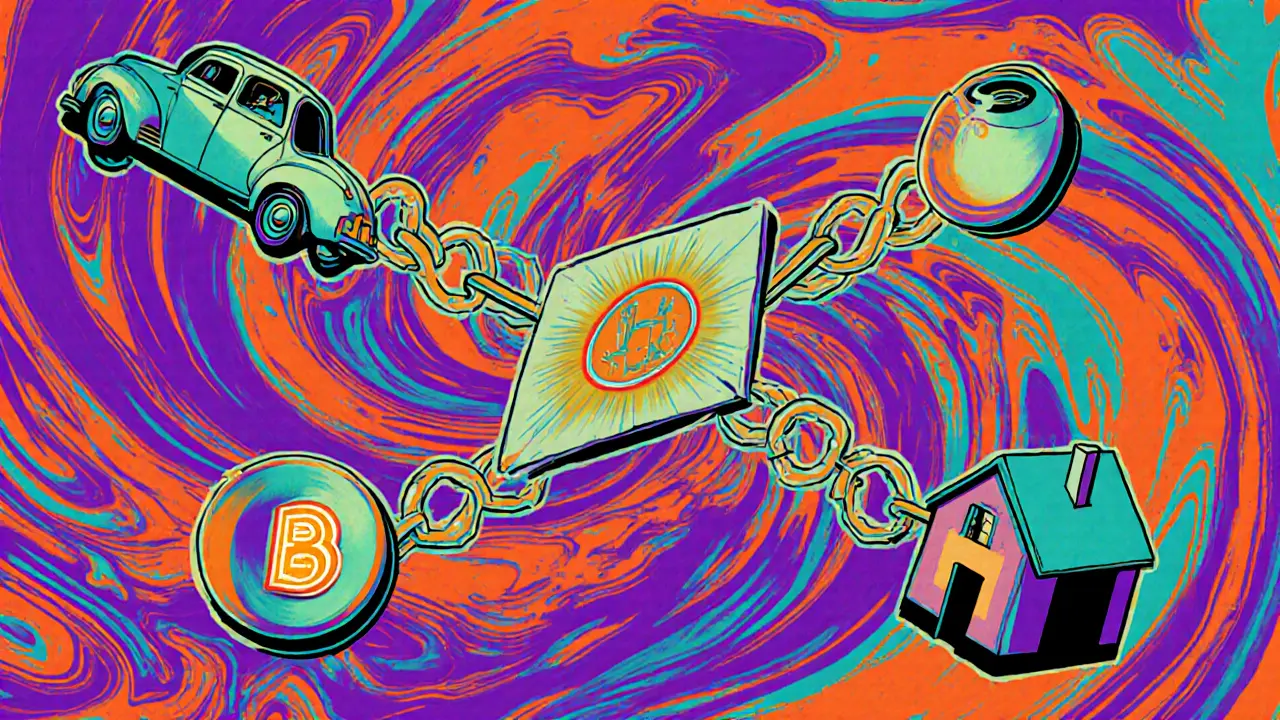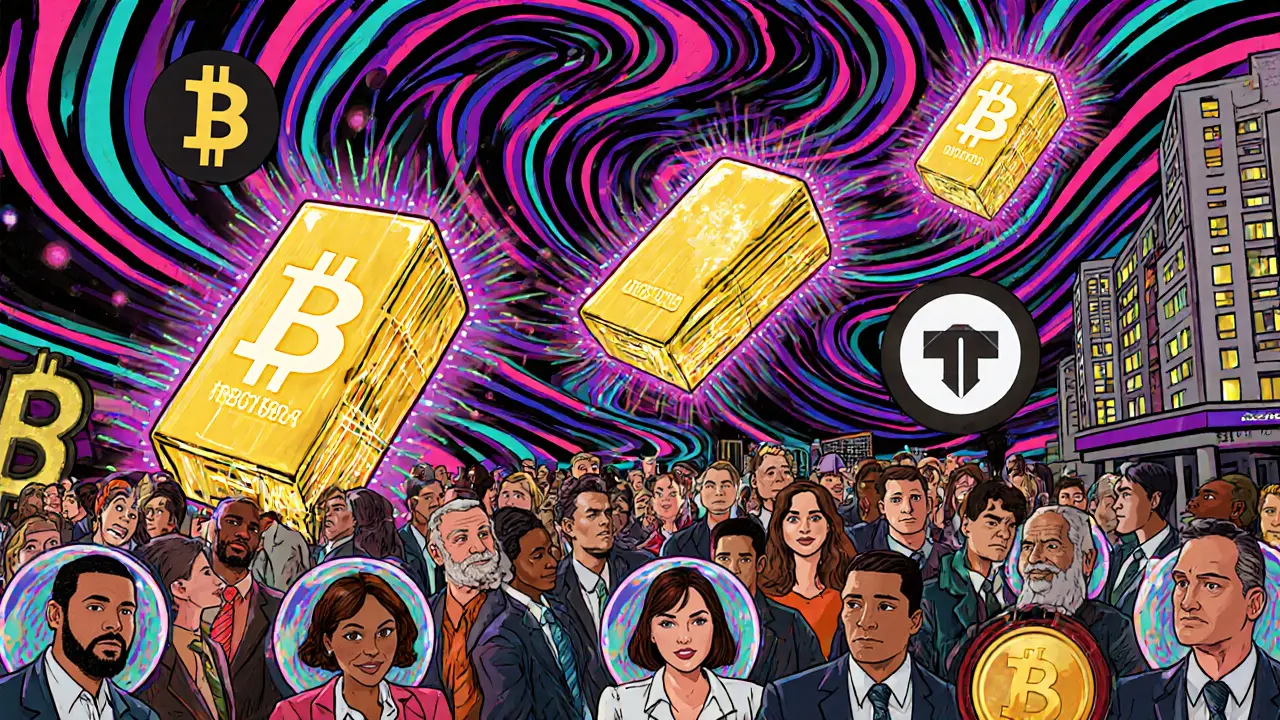Real-World Asset Tokenization: How Physical Assets Are Going Digital on Blockchain
When you hear real-world asset tokenization, the process of turning physical assets like property, gold, or bonds into digital tokens on a blockchain. Also known as tokenized assets, it lets you own a piece of something tangible without needing to buy the whole thing. This isn’t science fiction—it’s happening right now, from European real estate funds to Qatar’s legal workarounds for crypto bans.
Think of it like buying a share of a building instead of the whole building. That share is a token on the blockchain, tracked and traded like any crypto. The big shift? It makes assets that used to be locked up—like commercial real estate or fine art—liquid. You can sell a fraction of your tokenized apartment in minutes, not months. And because blockchain records are clear and tamper-proof, ownership disputes drop sharply. Countries like those under the MiCA regulation, the EU’s comprehensive framework for crypto assets that sets rules for stablecoins, exchanges, and tokenized assets are already requiring clear reporting for these tokens. Meanwhile, places like Qatar allow tokenized bonds and property while banning Bitcoin outright, showing how governments are picking and choosing what digital ownership looks like.
Real-world asset tokenization doesn’t just help investors. It changes how businesses raise capital. A small hotel chain can tokenize its properties and sell tokens to local investors, skipping banks entirely. A vineyard can tokenize its wine inventory and let customers buy future bottles as NFTs. The tech behind it—smart contracts, custody solutions, identity verification—keeps things secure and compliant. But it’s not magic. You still need legal clarity, proper audits, and reliable platforms. That’s why the posts below dive into what’s actually working: how tokenized assets fit into crypto regulations, why some projects fail, and where the real money is moving in 2025.
Future of NFT Marketplace Technology: AI, DeFi, and Real-World Assets in 2025
NFT marketplaces in 2025 are no longer about JPEGs. They're powered by AI, DeFi, and real-world asset tokenization - turning digital ownership into functional, profitable, and lasting value.
What is Allo (RWA) crypto coin? Real-World Asset Tokenization Explained
Allo (RWA) is a blockchain protocol that tokenizes real-world assets like real estate and stocks, letting users trade them as crypto tokens. It's the first platform to combine Bitcoin staking with asset-backed finance, offering zero-fee trading and 1:1 physical backing.
What is Ekta (EKTA) crypto coin? Real-world asset tokenization explained
Ekta (EKTA) is a crypto token built to tokenize real-world assets, but it lacks liquidity, adoption, and transparency. Learn what it actually does, why its price is inconsistent, and whether it's worth your money.
RWA Tokenization Market Size: $34.86 Billion and Growing Fast in 2025
The RWA tokenization market reached $34.86 billion in October 2025, driven by institutional adoption of tokenized Treasuries, private credit, and gold. Real-world assets are being transformed into digital tokens, unlocking liquidity and fractional ownership for investors worldwide.



